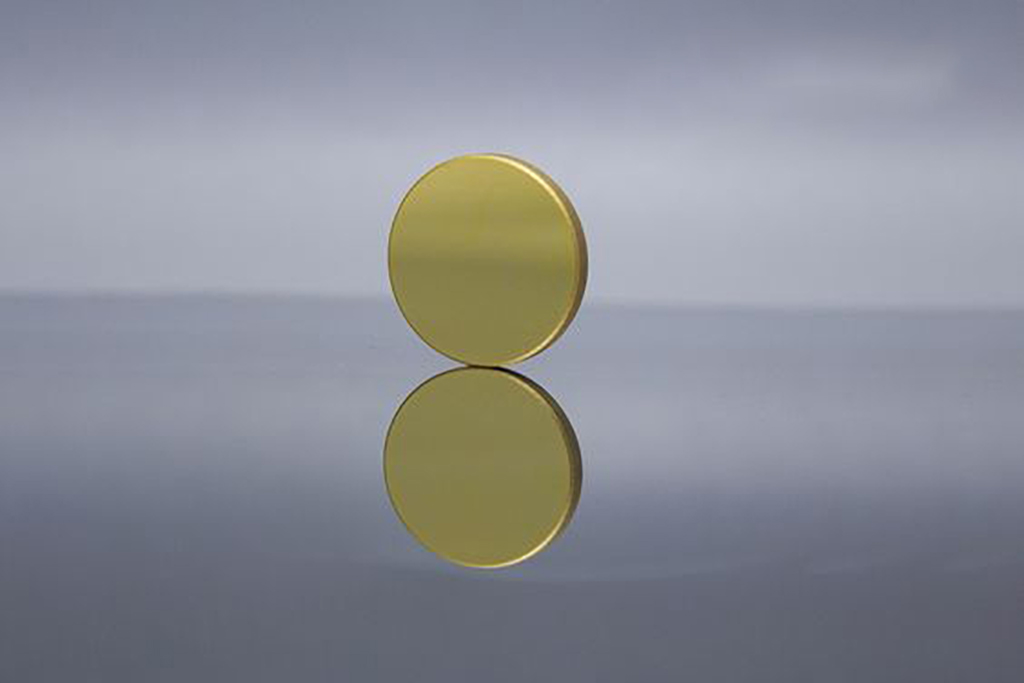
Surface Acoustic Wave (SAW) Sensor
Surface Acoustic Wave (SAW) is a kind of acoustic wave concentrated on the surface of the earth discovered by British physicist Rayleigh in the course of studying seismic waves. This phenomenon exists on any solid surface, and its energy is concentrated in a surface layer with a deep wavelength, and the higher the frequency, the thinner the surface layer where the energy is concentrated. External factors such as temperature, pressure, acceleration, etc. will affect the relevant parameters of SAW. According to the relationship between the parameter change of SAW and external factors, sensors that measure various physical and chemical parameters can be made. In radar, communication, navigation, remote control, Broadcasting and other fields have been widely used.
A good SAW gas sensor should meet the requirements of low temperature drift, large delay distance, low insertion loss, suitable input impedance, and high quality factor. Its main performance indicators include center frequency, insertion loss, and quality factor.
Piezoelectric materials include piezoelectric thin films, piezoelectric single crystals, and piezoelectric ceramics. Piezoceramics are commonly used in low-frequency devices; piezoelectric thin films have low efficiency and cannot be guaranteed in quality; piezoelectric single crystals have the characteristics of low loss, high reliability, and good repeatability.

Large wave velocity and the electromechanical coupling coefficient, we chose Y-Z LiNbO3 as the piezoelectric substrate of the sensor.
